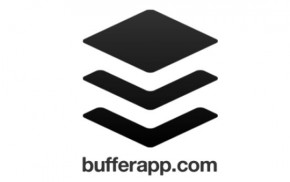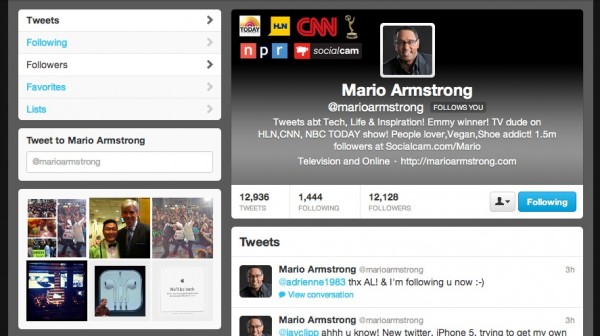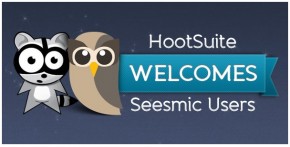 Twitter has established itself as the go-to place for what’s happening now—whether it’s breaking news or what your friends had for breakfast. We’ve talked before about some organic ways to become part of the conversation, whether you’re marketing a made-for-tv movie or trying to find twitter influencers. Twitter itself offers another option: Promoted Tweets.
Twitter has established itself as the go-to place for what’s happening now—whether it’s breaking news or what your friends had for breakfast. We’ve talked before about some organic ways to become part of the conversation, whether you’re marketing a made-for-tv movie or trying to find twitter influencers. Twitter itself offers another option: Promoted Tweets.
Promoted Tweets are the native advertising platform for twitter: a way for you to get your message out there in the normal twitter format that increases the exposure of your tweets beyond your normal twitter followers. You’ve probably noticed these in your own twitter feed: they appear up at the top of your feed sometimes, and if you’re searching for certain kinds of tweets, you’ll notice them early on in the twitter search results.
This kind of exposure can be incredibly useful for your business if you know what you’re doing. Twitter identifies two main goals for your tweets: driving awareness for your business and driving a particular action via twitter. Articulating your goals for the specific twitter campaign is essential. It lets you determine whether the campaign has been successful for you, whatever those goals might be.







